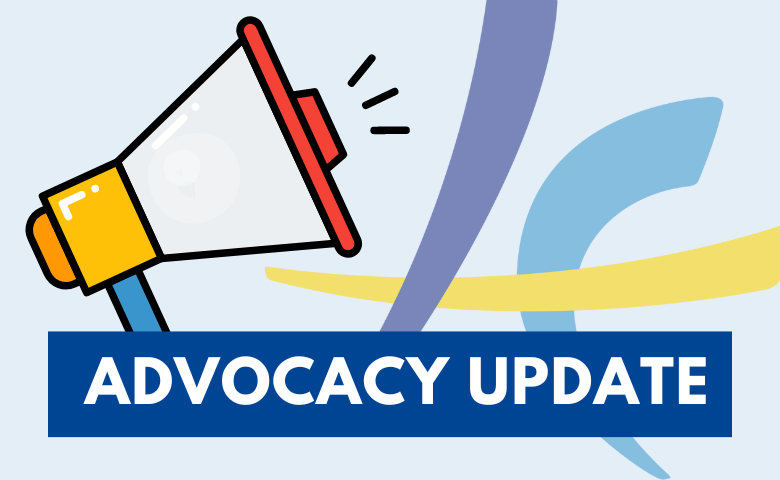In the past few months, we have reported a great deal about the further development of European politics in the areas of art, culture, research and artistic education. These are important reference points for the sector and for the work of the AEC. Another very important point of reference is the sector of European higher education and higher education institutions (HEIs). This sector is often referred to under the term ‘universities’, although it is clear that this is both language and content-wise not fully correct.
All EU Policy Papers mentioned below explicitly underline that HEIs in the broadest sense are actually meant whenever the term ‘universities’ is used.
A milestone in the further development of this sector is undoubtedly the adoption of the European Strategy for Universities by the European Commission in January 2022. It is neither new nor surprising that this paper considers the provision of excellent and inclusive HEIs as a basic requirement to ensure new jobs coming up and economic growth, as well as the further development of fair and sustainable open and democratic societies.
What is new, however, is that HEIs are also seen to be in charge of the task of promoting distinctive European values, such as the rule of law and human rights, diversity and fair access to academic education, academic freedom and the absence of censorship. Even more, these characteristics are considered as special, maybe even unique features of the higher education system in Europe. The logical conclusion to be drawn from this is that promoting and strengthening these characteristics will make a significant contribution to strengthening the competitiveness of European HEIs.
That’s why the European Commission’s strategy derived from the principles mentioned above suggests to strengthen the European dimension in higher education and research, to support the HEIs as lighthouses of our European way of life, to empower them as actors of change in the twin green and digital transitions and thus to reinforce them as drivers of the EU’s global role and leadership. Last but not least, the strategy points to the particular significance of the ‘European Universities’ initiative (i.e. networks of universities working together across the EU) for the further development of the European higher education landscape. Following the European Strategy for Universities, the ‘European Universities’ initiative “represents a vivid example of deep institutional transnational cooperation based on joint and shared long-term visions of universities.” (p3)
The outstanding importance that the European Commission attaches to the European Universities initiative is also reflected in an Erasmus+ special funding program, which was launched at the end of 2022 inviting six selected projects to ‘examine, test and facilitate the delivery of a joint European Degree label’. The joint label should reflect the skills and learning outcomes acquired by students who have ‘followed a joint program in several institutions in several countries and in several languages based on a common set of criteria.’ The European Commission pro-actively promotes and advertises this joint label ‘as a step towards a joint European degree designed to encourage student mobility and cooperation.’
The call for applications was aimed very specifically at HEIs and HEI consortia from one of the more than 40 already existing ‘European Universities’. As is well known, these 40 so far granted projects do not include any higher music education (HME) consortium, but still two from the higher arts education sector, one on fine arts (eu4art) and one on film and media (FilmEU).
AEC itself has been only marginally involved in the FilmEU project, but it is now an associate partner in the ETIKETA project, which is based on the only application that emerged from the field of higher arts education and was approved as part of the special program for testing and evaluating a possible Joint European Degree.
The task of the selected one-year projects is to pilot a joint European degree label and institutionalised EU cooperation instruments, such as a possible European legal status for alliances of higher education institutions. The basis of the project work will be a study presented by the Commission, which recommends the gradual implementation of such a joint degree, together with the experience gained from the collaboration within the European Universities Alliances.
Consequently, the ETIKETA consortium is made up of those partners who have already come together for the FilmEU alliance. This time, however, the consortium is supplemented by (mostly associated) partners from the field of quality assurance, representatives of other art disciplines (such as AEC), but also by HEIs from outside Europe, which, among other things, will serve as a reference for a comparative benchmarking exercise, because the Commission expects the granted projects also to evaluate the added value of a labelled joint degree in comparison with other, already existing labels.
The role of the AEC will be largely limited to contributing specific data from the HME sector to mapping, testing and evaluating in order to ensure that the results of the project will be also relevant for the music sector. To find out more about the ETIKETA project and follow the progress of the project work, you are cordially invited to visit a specific ETIKETA website of the project that will shortly be made available on the FilmEU website.






